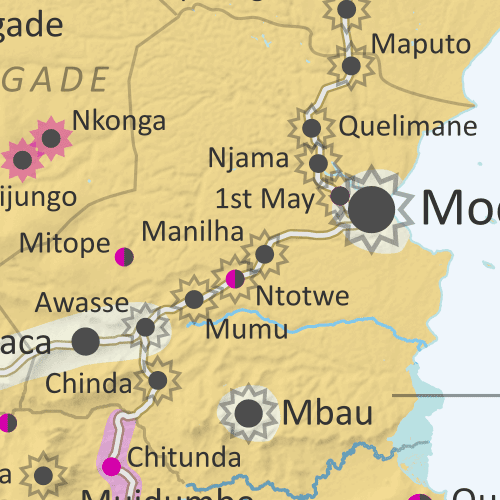|
Taliban Takeover
As you probably heard, Afghanistan's Taliban rebel group successfully took over most of the country last month, with the previous national government and military collapsing as the rebels seized the national capital.
Though the Taliban run what's now, for all practical purposes, the country's actual government, they haven't been officially accepted yet by any of the world's other countries.
And the issue isn't politically settled so far, both Afghanistan's
flag and its full official country name are a matter of dispute, with
the Taliban promoting one version and the remnants of the pre-Taliban
government promoting another.






